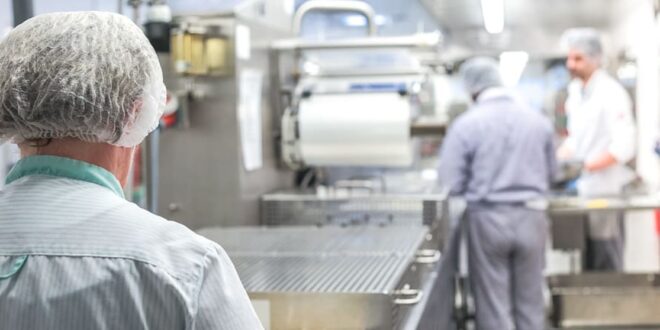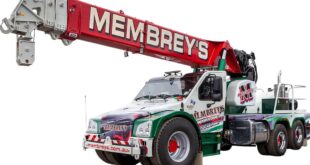If you’re in the business of processing, producing, and manufacturing food-related items, you have to be aware of the weight of responsibility that’s on your shoulders. Safety is the topmost priority in food manufacturing. One small mistake or lapse in safety processes can result in dire consequences. There is no room for error here as your products are ingested and consumed by human beings.
Likewise, it’s important to bear in mind that complying with food manufacturing safety also ensures you stay in compliance with the law and according to the Food and Drug Administration. One wrong move and you’re not just answerable to your consumers, but to the law as well. You wouldn’t want your business to be a top contributing factor to the proliferation of foodborne diseases, illnesses, and contamination.
Here are the top seven tips to apply for food manufacturing safety.
1. Keep Your Work Areas Clean
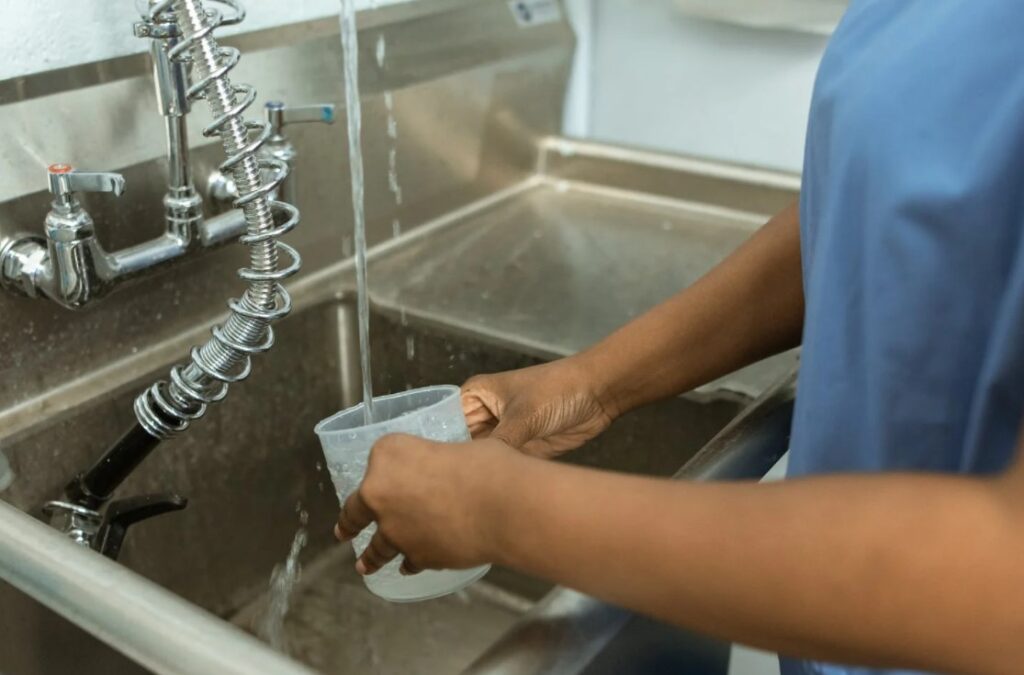
Proper housekeeping is undeniably one of the best ways to ensure food safety is observed. Even when you think there’s no need to wipe or clean up regularly as you’ll be making the same mess anyway, it still pays to clean from time to time. That way, the surfaces you work on will never become a breeding ground for germs and bacteria to thrive.
Keeping your work areas clean is as simple as wiping and spraying them with surface disinfectant whenever needed. Each worker is responsible for maintaining the cleanliness of their workspace.
You can also hire cleaners who can do more thorough deep cleans and disinfection as needed.
2. Stay On Top Of Quality Control
When you’re in food manufacturing, inspection for quality control is just as important as your packaging solutions. But you can avoid having to worry about both by working with companies that offer both services and more like TDI Packsys. Partnering with reliable professionals is one of the keys to safe food manufacturing.
Proper quality control goes beyond the usual sanitary inspections. All equipment and machinery used in manufacturing should also undergo regular inspections for safety and efficiency. This will also help identify equipment items that may need repairs or replacement, thereby mitigating potential downtimes that may arise from technical problems. Put simply, regular inspections can help ensure that all operations run smoothly as much as possible.
3. Work with Reputable Suppliers
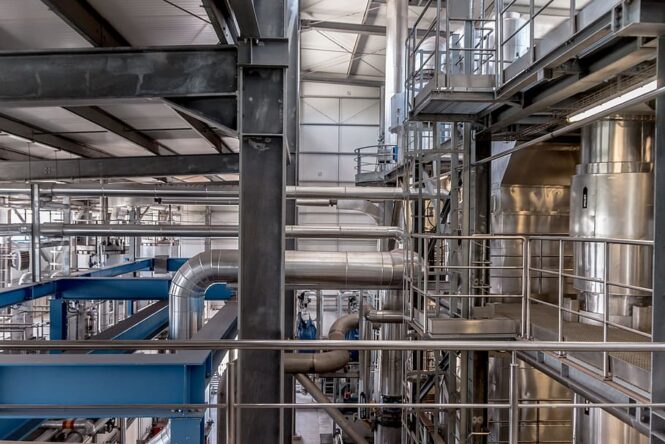
To ensure safety at every stage, source your food and raw materials from reputable suppliers. These companies have their own safety and hygiene protocols to ensure the highest quality products.
For instance, if you’re sourcing fruits and vegetables in their natural form, work with farms that do not abuse chemical fertilizers on their crops. Hold the same high standard for suppliers of meat and other food products.
However, if you’re working with other products like milk, be aware of certain food product types that aren’t yet safe until they’ve been processed in a certain way. Raw milk is an example.
Pasteurized milk is better and safer to consume than directly incorporating raw milk into your manufactured food products.
4. Make Sure Everything Is Properly Labeled
The more ingredients you’re using, the more you have to be particular about labeling them correctly.
In food manufacturing, ingredients are typically arranged for every step of the production line. That way, employees working in each step of production have their own supply of ingredients within their reach. Often, this entails decanting or transferring the ingredients to other containers to keep the production line clean and smooth.
With that, it’s important to have the proper labels so as not to mix one ingredient from another. When you label, don’t just include the name per se. Be sure to include other important details, especially the ‘best before’ or ‘expiration date’. This one very small step is crucial to avoid using accidentally using any expired ingredients at any phase of the food production line. Vacuum packaging is crucial and needs to have proper packaging to be used to avoid leak on food packages. This is to avoid accidentally using any expired ingredients at any phase of the food production line.
5. Use Equipment And Protective Gear Properly

Aprons or plastic suits, gloves, and hairnets—these are only a few of the safety gear required in the food production line. Wearing equipment and protective gear the right way helps ensure less cross-contamination. In fact, everyone handling food products should be aware of never touching any food item with their bare hands, even after thorough washing.
Moreover, using equipment and protective gear properly goes beyond simply wearing them. Everyone on the team also has to be on the same page regarding proper use. This can be as easy as replacing gloves when needed during the workday and disposing of dirty safety clothing gear in the right places after work.
6. Aim For Additional Quality Checks
Truth be told, there are still so many businesses that settle only for the bare minimum safety checks. Though these are the safety and quality control checks mandated by the law, it really doesn’t hurt to take the extra mile by having additional quality checks.
Have one more quality control check at the end of your food manufacturing production line. This is one crucial step to be certain that your product is never inferior. Most importantly, it’s that added step of assurance that there’s been no contamination in your final food product before shipping it to your buyers, usually supermarkets, wholesalers, or restaurant dine-in and delivery services.
7. Comply With Proper Waste Management
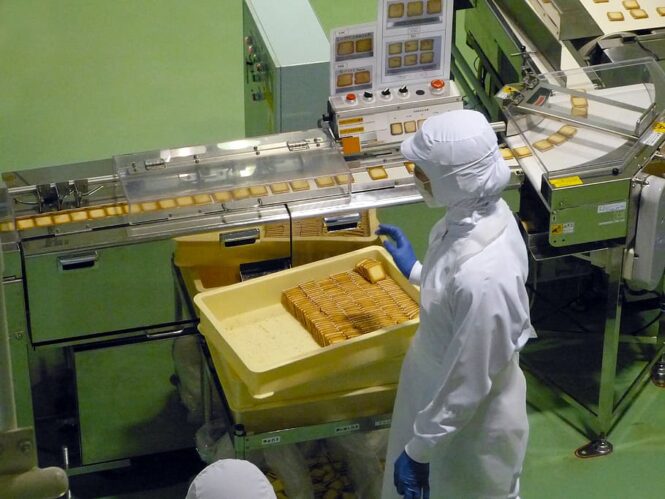
Lastly, compliance with proper waste management standards is also just as crucial. Whatever leaves your food production line needs to be dealt with accordingly.
Complying with proper waste management is also a matter of corporate social responsibility. It ensures your food manufacturing plant is as safe as it is environment-friendly.
Conclusion
As you can see, keeping a clean and safe work environment for food manufacturing doesn’t have to be a complicated task. The simpler, the better. That way, it’ll be easier for the rest of the team to abide by and apply all the safety rules. The simpler, the better. Take the tips above one step at a time while also inserting any safety tips which you’re certain applies to your food manufacturing business. When dealing with food, there shouldn’t be any settling for less as to the safety of the food you’re manufacturing and producing.
 Imagup General Magazine 2024
Imagup General Magazine 2024
